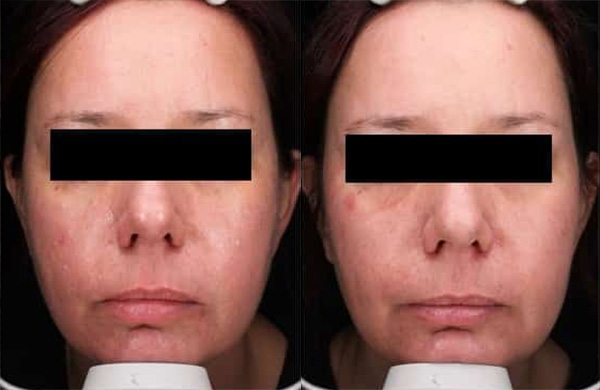
Hyfrecator Treatment
A hyfrecator treatment, also referred to as a cautery and an electrocautery treatment, is typically used to cauterize blood following surgery; however, it can also be used for treating a number of skin conditions, such as angiomas, sebaceous hyperplasia, milia, and dermatosis papulosa nigra (DPN).
Why Choose a Hyfrecator Treatment?
The treatment has minimal associated side effects.
How Does it Work?
During a hyfrecator treatment, a small device with a pin is used to provoke a micro-injury to burn off individual skin lesions.

Who is a Good Candidate for a Hyfrecator Treatment?
Nearly everyone with a skin condition such as angiomas, sebaceous hyperplasia, milia, or DPN is a good candidate for a hyfrecator treatment. However, women who are pregnant or breastfeeding and patients with pacemakers are not good candidates for a hyfrecator treatment.
Contact Us
What Should I Expect During My Consultation and Treatment?
After the diagnosis is confirmed, a topical numbing cream is applied to numb the skin and minimize discomfort during treatment. If the patient’s skin type is 3-5, we also pre-treat skin with a bleaching agent before the procedure to make sure skin won’t darken following treatment.
During the electrocautery treatment, we use a small device with a pointed tip to provoke a controlled burn where each skin lesion is. Patients are sent home with aftercare instructions to encourage proper healing of the treated areas.
What Should I Expect After My Hyfrecator Treatment?
The overall healing time will last around two weeks. Patients should use Vaseline during the healing period and avoid picking at the area to maximize results.

How Long Does it Take for the Treatments to Work and How Long Does It Last?
Some patients might require multiple treatments to completely remove lesions, depending on the severity of their condition.
